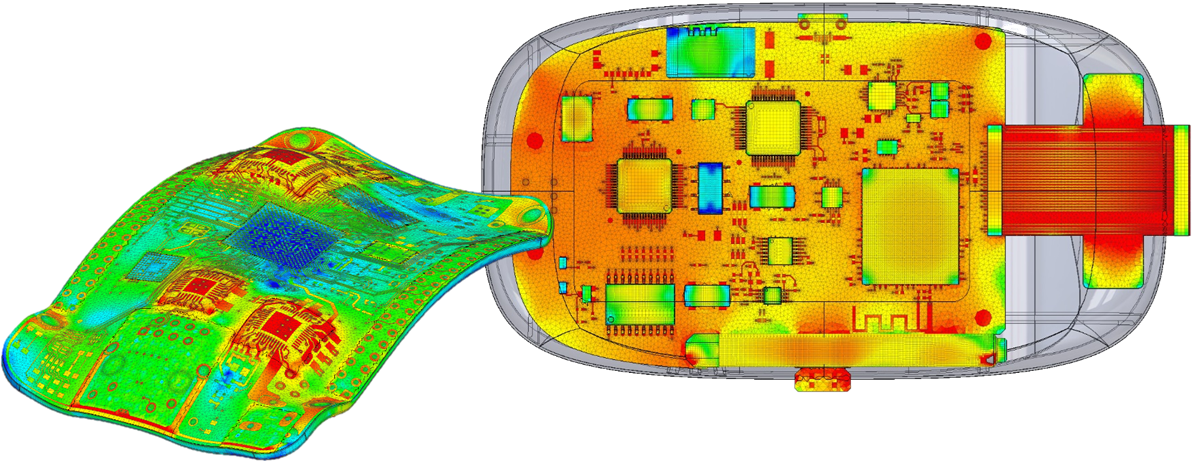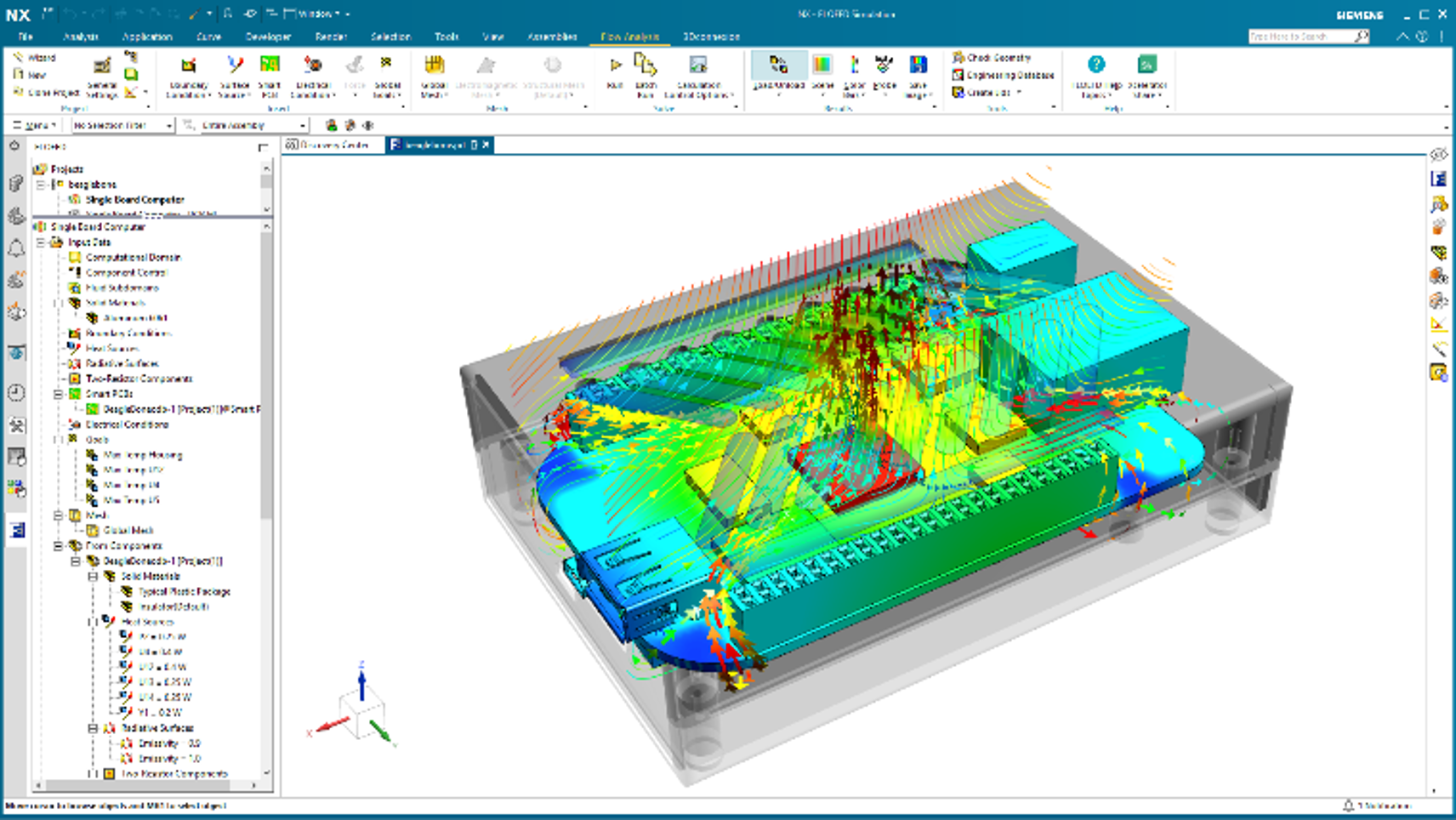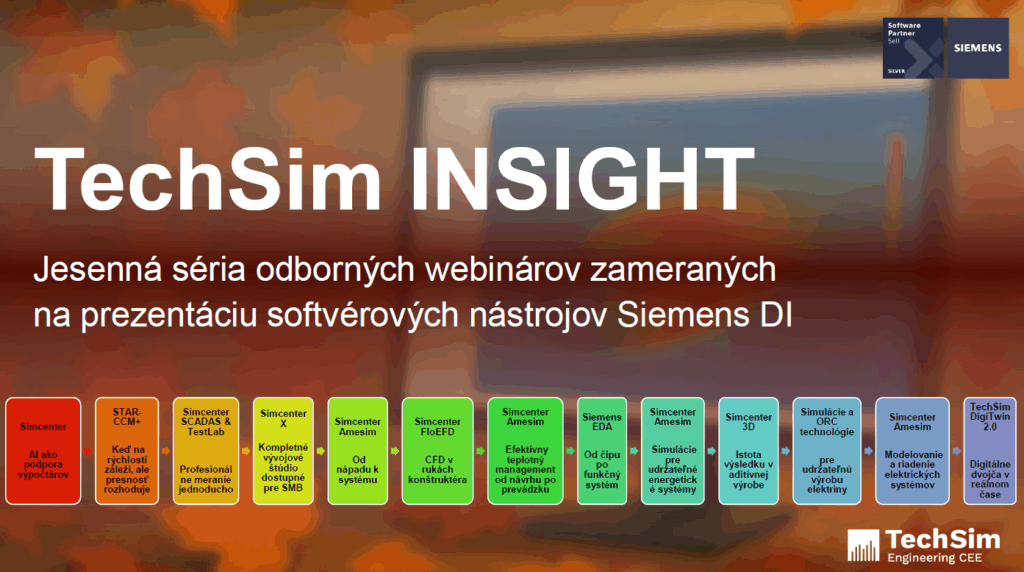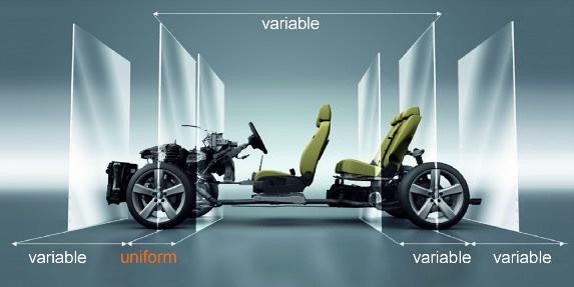In the dynamic world of technology and engineering, the shift-left approach is redefining how products are designed and brought to market. Siemens Digital Industries Software is leading this transformation by offering an integrated framework that enhances design performance, reduces costs, and accelerates time-to-market
Navigating Today’s Industry Challenges
Industries across the spectrum, from aerospace and automotive to medical devices and electronics, face a shared set of challenges. Rapid technological changes, increasing product complexity, and supply chain volatility create hurdles that manufacturers must overcome. Yet, these challenges also present opportunities for innovation and growth.

A Vision of Agile and Integrated Development
Siemens envisions a future where product development is not only faster but also smarter. By shifting from a traditional “build-then-integrate” model to an “integrate-then-build” approach, Siemens empowers companies to reduce development time and costs. This vision is realized through a comprehensive electronics workflow that seamlessly integrates simulation, 3D CAE, and testing.

The Power of Early and Frequent Simulation
Frontloading simulation in the design process is a game-changer. Siemens’ approach emphasizes the importance of simulating early and often to keep pace with design changes. This strategy not only predicts performance across critical attributes but also aligns teams and fosters collaboration from the start.
Integrated Solutions for Enhanced Productivity and Innovation
Siemens’ suite of tools, including Simcenter, offers unparalleled capabilities for modeling complexity, exploring design possibilities, and increasing throughput. These solutions provide early insights and intuitive usability, enabling cross-functional teams to work seamlessly together. The result is a boost in productivity and innovation, with empowered decision-making at every stage.

Managing Complexity with Siemens’ Workflow
The highly-integrated workflow offered by Siemens supports multi-disciplinary analysis, ensuring that every design decision is backed by accurate data. This integration extends to electronics and mechanical design, enhancing fidelity in simulation and testing. By managing complexity, Siemens helps companies increase development velocity without compromising quality.
Sustainability and Efficiency: Dual Pillars of Modern Design
Siemens is not only focused on performance but also on sustainability. By optimizing design processes and reducing energy consumption, manufacturers can achieve significant cost savings while meeting environmental goals. The integration of sustainability into the design process is a testament to Siemens’ commitment to creating a better future.

Conclusion: Pioneering Innovation and Integration
As industries continue to evolve, Siemens Digital Industries Software stands at the forefront of innovation, driving the shift-left approach that is reshaping product development. By integrating cutting-edge solutions, Siemens ensures that manufacturers can overcome today’s challenges and capitalize on tomorrow’s opportunities. With a focus on high-quality, sustainable products, Siemens is enabling a new era of engineering excellence.
If you want to know more:
Register on our webinar Digital Twins in Electronics: From PCB to Real-World Validation
Read more about Siemens highly-integrated electronics workflow










